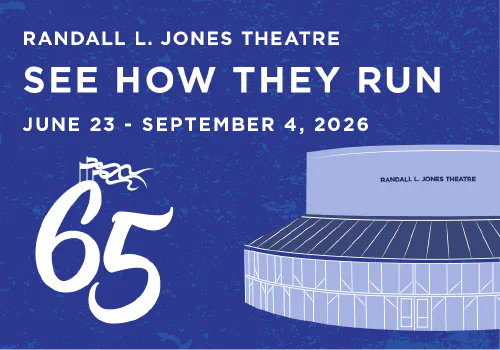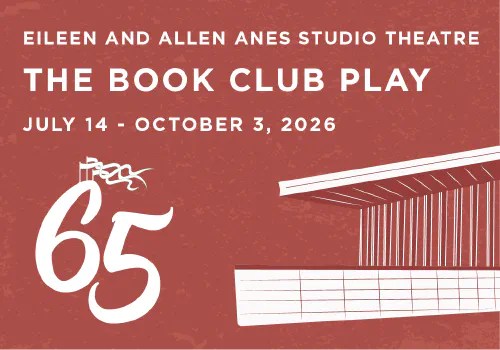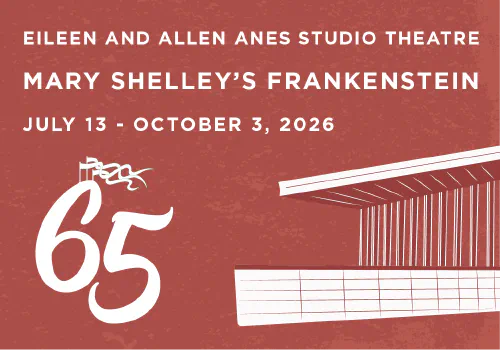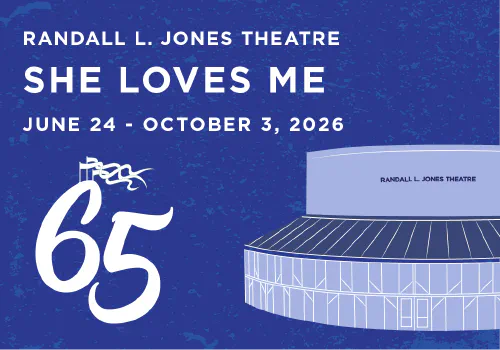By Marlo Ihler
Considered one of the most successful writing teams in Broadway history, Richard Rodgers (music) and Oscar Hammerstein II (lyrics and book) changed the face of the American musical. They also had a significant influence on the business side of show business. Together they made an indelible impact on musical theatre as we know it today.
Richard Charles Rodgers was born on June 28, 1902, in Queens, New York. He was the second son born to physician Dr. William Rodgers and his wife Mamie. Not long after he was born, his family moved to upper Manhattan and he grew up in a home with music and theatre. By age nine, he played the piano by ear, and by fifteen was writing music and decided to pursue musical theatre as a career (biography.com).
Rodgers attended Columbia University, where he wrote music for the school’s well-known annual Varsity Show. It was during one of these shows, his older brother introduced him to Lorenz Hart, a journalism student, and Hammerstein, a law student. Ironically, Rodgers, Hart, and Hammerstein had grown up only blocks away from one another but did not meet until they were classmates at Columbia. The Varsity Show of 1920, Fly with Me, with music by Rodgers and lyrics by Hart and Hammerstein, was a success that led to a partnership between Rodgers and Hart that lasted over twenty years.
Rodgers and Hart composed music and lyrics for twenty-six Broadway musicals. They had scores of songs that have since become classics, such as “I’ll Take Manhattan,” “Blue Moon,” “My Funny Valentine,” and “The Lady is a Tramp” (c250columbia.edu).
Oscar Greeley Clendenning Hammerstein II was born July 12, 1895 in New York City to a renowned theatre family. His father, William, managed a Vaudeville theatre, the Victoria; his grandfather, Oscar I, was an acclaimed opera impresario; and his uncle, Arthur, was a Broadway producer (biography.com). His happy childhood included music and theatre, but was marred by the death of his mother when he was fifteen, and the death of his father when he was nineteen (notablebiographies.com).
While attending Columbia, he studied law and started acting in and later writing for the Varsity Show revues. In 1919, his uncle gave him his first theatre job as an assistant stage manager. His uncle also produced his first play, entitled The Light, which lasted for only four performances (rnh.com). Though he did earn an undergraduate law degree, his love of theatre overtook his interest in law, and so in his second year of law school he dropped out to pursue a theatre career.
He began working with composers of the day, rewriting scripts and stories, and “breathing new life into the moribund artform of operetta” (rnh.com). Such shows included Rose Marie (1924, music by Rudolf Friml), Song of the the Flame (1925, music by George Gershwin), and The Desert Song (1926, music by Sigmund Romberg). While writing Rose Marie, he met composer Jerome Kern with whom he established a nearly twenty-year partnership and a lifelong friendship. Their first major project was the award-winning musical, Show Boat (1927), which was hugely successful and had no precedent for a show of its size and scope. They wrote seven more musicals together, including Sweet Adeline (1929) and Very Warm for May (1939), though most of these have dwindled in popularity (songwritershalloffame.com).
Hammerstein left Broadway to write for Hollywood, and though he did some excellent work on both stage and screen musicals, his career slowed down so much that he was considered a “has-been” by the end of the ’30s (biography.com). Plus he found he didn’t enjoy the rigorous time demands of the movie industry (notablebiographies.com).
When Hammerstein’s partnership with Kern dissolved, and Hart’s deteriorating health led to the end of his partnership with Rodgers in 1940, Rodgers and Hammerstein began collaborating in 1942. They started with the idea of turning Lynn Riggs’s play Green Grow the Lilacs into a musical. Opposite of how he had worked in the past, Hammerstein requested he write the lyrics before Rodgers wrote the music. It proved to be successful: they created the smash hit, Oklahoma!(biography.com). It was the first true musical play, a new genre in theatre. It also won the Pulitzer Prize in 1944.
Hart attended the opening of Oklahoma! on March 31, 1943, in New York, graciously telling Rodgers after the show, “This show of yours will run forever.” Eight months later, Hart died of pneumonia (c250.columbia.edu).
Rodgers and Hammerstein’s incredible success in musical theatre continued: Carousel (1945), Allegro (1947), South Pacific (1949, which also won a Pulitzer Prize), The King and I (1951), Pipe Dream (1955), Flower Drum Song (1958), and The Sound of Music (1959) (pbs.org).
They also wrote one movie musical together, State Fair (1945), which won an Academy Award. Their television musical, Cinderella (1957), featured Julie Andrews.
Together this powerhouse pair earned thirty-four Tonys, fifteen Oscars, two Grammys, two Emmys, and two Pulitzer Prizes, winning every major award in their field. Other awards included Drama Desk, Drama Critics’ Circle, Outer Critics’ Circle, Laurence Olivier, Evening Standard, honorary degrees, and Kennedy Center Honors (rnh.com).
Rodgers and Hammerstein also created their own company that allowed them, as well as other writers, to own and control their own work. Still in existence today, R&H is a theatrical publishing, rental, and licensing company. This freedom allowed Rodgers and Hammerstein to produce plays, concerts, national tours, revivals, and musicals besides their own (biography.com).
In addition to their immense success as musical theatre pioneers, both men were married with families. Rodgers married his wife Dorothy in 1930, and they had two daughters, Mary (who composed Once Upon a Mattress) and Linda. His grandsons, Adam Guettel (who wrote Light in the Piazza) and Peter Melnick (who created Adrift in Macao) are also composers.
Hammerstein married his first wife Myra Finn while in college in 1917. They had two children, William and Alice. After twelve years of marriage, they divorced and he married Dorothy Blanchard Jacobson. They had one son, James, who was also a writer and director until his death in 1999. Interestingly, it was James who first invited a neighbor friend, Stephen Sondheim, into their home. Hammerstein became his mentor and close friend (playbill.com).
When he was only sixty-five and still very active professionally, Hammerstein lost his battle to stomach cancer. He died on August 23, 1960, at his home in Doylestown, Pennsylvania.
After Hammerstein died, Rodgers continued writing for stage and screen. He collaborated with Stephen Sondheim (Do I Hear a Waltz, 1965), Martin Charnin (Two by Two, 1970, and I Remember Mama, 1979), and Sheldon Harnick (Rex, 1976). His first solo work, No Strings (1962), won two Tonys on Broadway (pbs.org). Other solo works included the movie remake of State Fair (1962), the movie version of The Sound of Music (1965), and television documentary scores (for The Victory at Sea, 1952, and The Valiant Years, 1960).
Rodgers also created numerous awards and scholarships for artists at Julliard, the American Theatre Wing, and the American Academy of Dramatic Art, among others (biography.com).
As a survivor of jaw cancer in 1955, Rodgers also overcame a laryngectomy in 1974. He died at age seventy-seven at his home in New York City on December 30, 1979.
In 1995, Hammerstein’s centennial was celebrated all over the world with events and productions. As a tribute to “the man who owned Broadway,” three of his musicals ran simultaneously on Broadway: Showboat (which won a 1995 Tony), The King and I (which won a 1996 Tony), and State Fair (which won a 1996 Tony) (biography.com).
Rodgers’s centennial was celebrated in 2002 around the world with television specials, new recordings and books, countless stage productions, and three revivals on Broadway, among other things. In 1990 he posthumously received Broadway’s highest honor: the 46th Street Theatre was renamed The Richard Rodgers Theatre. Today, he is credited for writing between 900 and 1500 songs, and nineteen film versions of his works have been made (biography.com).
Rodgers and Hammerstein contributed more than any other writing duo in Broadway history to the evolution of American musical theatre, transforming it from simple entertainment to sophisticated, endearing storytelling. Cited as among the twenty most influential artists of the twentieth century, the popularity and impact of these gentlemen’s work continues to be celebrated the world over (time.com).










